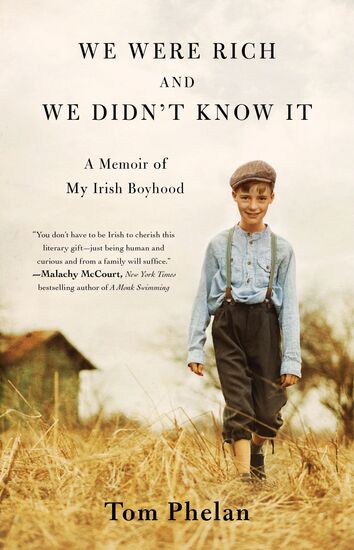Lest it slip back into obscurity, I offer a few words to mark this extraordinary intrusion of the eighteenth century city into the twenty-first from my vantage point at Glucksman Ireland House, New York University.
The deceased, James Jackson, whose death record lists him as a watchman living on East George Street, was a victim of the Yellow Fever epidemic of 1799.
But his detailed headstone belies the usual parameters of both hastily buried fever victims and pauper interments in what was then New York City's potter's field.
Thus, his cause of death, occupation, and place of burial tell us far less about this man than that other critical piece of information so carefully preserved on his grave marker: "native of the county of Kildare Ireland."
James Jackson's age (he was 28 at time of death) and his place of origin in Ireland, about thirty miles from the seat of a corrupt government and British garrison in Dublin, are hallmarks of a disaffected generation of young men who saw in our new American republic a second chance to live out their political ideals.
During the 1790s, Ireland was a hotbed of republican activity. Inspired in part by both the American and French Revolutions, a non-sectarian movement for Irish independence attracted young men like James Jackson from all over the country.
As their efforts for legislative reforms and independence became increasingly militaristic, the government began a crackdown on the Society of United Irishmen, this culminating in a crushing defeat at the hands of British troops and German mercenaries in 1798.
There were approximately 11,000 United Irishmen in County Kildare that year.
With their leadership devastated by death or imprisonment, many of the rank-and-file quietly slipped out of Ireland, crossing the Atlantic to regroup in the United States where, since 1797, there had been branches of the American Society of United Irishmen in New York, Philadelphia, and Charleston.
There were enough of them around to inspire John Jackson - no known relation to the man in Washington Square Park - to purchase land in northwestern Brooklyn in 1800 and call the neighborhood "Vinegar Hill," both to commemorate a key battle of the 1798 Irish rebellion and to attract Irish immigrant settlers.
Vinegar Hill soon became "Irishtown," on the East River waterfront between today's "DUMBO" and the Navy Yard.
James Jackson was certainly not alone in New York City. In 1799 the New York Irish were religiously, socially, and politically diverse.
Such ethnic and fraternal ties were important bonds. Indeed, whoever arranged and paid for James Jackson's six-foot brownstone marker was cognizant of the ways in which the phrase "native of the county of Kildare Ireland" would distinguish him from New Yorkers generally, and among his fellow Irishmen in particular.
Someone with sympathies for his politics may have buried Jackson with dignity. After all, the Alien and Sedition Acts were in effect in 1799 and foreign radicals like the former United Irishmen were among its targets.
Suffice it to say, whatever James Jackson's politics may have been, very often history obscures the quiet actions that derive from friendship, kinship, and empathy.
These are most certainly the motivations behind that enigmatic headstone in the park.
I teach Irish and Irish-American Studies at Glucksman Ireland House, New York University, located on the north side of Washington Square Park, a stone's throw from the resting place of the now resurrected Irishman, James Jackson.
When he died, the land my office is on was owned by Robert Richard Randall, the heir of County Limerick-born privateer, Captain Thomas Randall, a founder of the Friendly Sons of St. Patrick.
The southern boundary of the Randall farm abutted the potter's field that became Washington Square Park.
Naturally, my colleagues at Glucksman Ireland House, Drs. John Waters, Tom Truxes, Eileen Reilly, Miriam Nyhan, and I are very pleased to be working with the New York City Department of Parks and Recreation as they try to solve the mystery of James Jackson.








